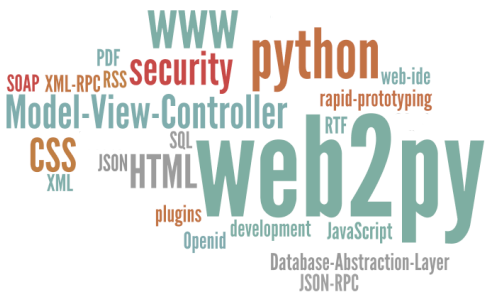SOURCE AND ORIGINAL: http://www.southampton.ac.uk/~sjc/raspberrypi/index.htm
Showing posts with label python. Show all posts
Showing posts with label python. Show all posts
Saturday, March 2, 2013
Tuesday, January 15, 2013
Aaron Swartz
Aaron H. Swartz (November 8, 1986 – January 11, 2013) was an American computer programmer, writer, archivist, political organizer, and Internet activist.
Swartz was a member of the RSS-DEV Working Group that co-authored the "RSS 1.0" specification of RSS,[2] and built the Web site framework web.py and the architecture for theOpen Library. He also built Infogami, a company that merged with Reddit in its early days, through which he became an equal owner of the merged company.[i] Swartz also focused on sociology, civic awareness and activism. In 2010 he was a member of the Harvard UniversityCenter for Ethics. He cofounded the online group Demand Progress (known for its campaign against SOPA) and later worked with US and international activist groups Rootstrikers and Avaaz.
On January 6, 2011, Swartz was arrested in connection with systematic downloading of academic journal articles from JSTOR, which became the subject of a federal investigation.[3][4] Swartz opposed JSTOR's practice of compensating publishers, rather than authors, out of the fees it charges for access to articles. Swartz contended that JSTOR's fees limited access to academic work produced at American colleges and universities.[5][6]
Read more: http://en.wikipedia.org/wiki/Aaron_Swartz
Labels:
just news,
open-source,
programming,
python,
sopa,
tech
Tuesday, January 8, 2013
codecs – String encoding and decoding
| Purpose: | Encoders and decoders for converting text between different representations. |
|---|---|
| Available In: | 2.1 and later |
The codecs module provides stream and file interfaces for transcoding data in your program. It is most commonly used to work with Unicode text, but other encodings are also available for other purposes.
Unicode Primer
CPython 2.x supports two types of strings for working with text data. Old-style str instances use a single 8-bit byte to represent each character of the string using its ASCII code. In contrast, unicode strings are managed internally as a sequence of Unicode code points. The code point values are saved as a sequence of 2 or 4 bytes each, depending on the options given when Python was compiled. Both unicodeand str are derived from a common base class, and support a similar API.
When unicode strings are output, they are encoded using one of several standard schemes so that the sequence of bytes can be reconstructed as the same string later. The bytes of the encoded value are not necessarily the same as the code point values, and the encoding defines a way to translate between the two sets of values. Reading Unicode data also requires knowing the encoding so that the incoming bytes can be converted to the internal representation used by the unicode class.
The most common encodings for Western languages are UTF-8 and UTF-16, which use sequences of one and two byte values respectively to represent each character. Other encodings can be more efficient for storing languages where most of the characters are represented by code points that do not fit into two bytes.
See also
For more introductory information about Unicode, refer to the list of references at the end of this section. The Python Unicode HOWTO is especially helpful.
source: codecs – String encoding and decoding
Friday, September 21, 2012
Monday, September 17, 2012
Generate SSL self-signed certificate and key, enable https encryption in web2py | Recipe | Web2py Slices - Recipes, Tutorials, Code, Questions
Nice article and nice work. For web2py devs who need SSL. It will automatically generate .crt and .key files. Then, if you gonna run web2py, just add -c generated.crt -k generated.key arguments.
Generate SSL self-signed certificate and key, enable https encryption in web2py | Recipe | Web2py Slices - Recipes, Tutorials, Code, Questions
Generate SSL self-signed certificate and key, enable https encryption in web2py | Recipe | Web2py Slices - Recipes, Tutorials, Code, Questions
Friday, July 13, 2012
Building SWIG Python Extensions on GNU/Linux « realmike.org
for devs who use python C Extension
Building SWIG Python Extensions on GNU/Linux « realmike.org
Building SWIG Python Extensions on GNU/Linux « realmike.org
Monday, June 18, 2012
Python: Web2py web framework
WEB2PYTM WEB FRAMEWORK
Free open source full-stack framework for rapid development of fast, scalable, secure and portable database-driven web-based applications. Written and programmable in Python. LGPLv3 License.
Monday, May 28, 2012
Google Python Style Guide
For python programmers
Google Python Style Guide: http://google-styleguide.googlecode.com/svn/trunk/pyguide.html
Google Python Style Guide: http://google-styleguide.googlecode.com/svn/trunk/pyguide.html
Subscribe to:
Posts (Atom)


